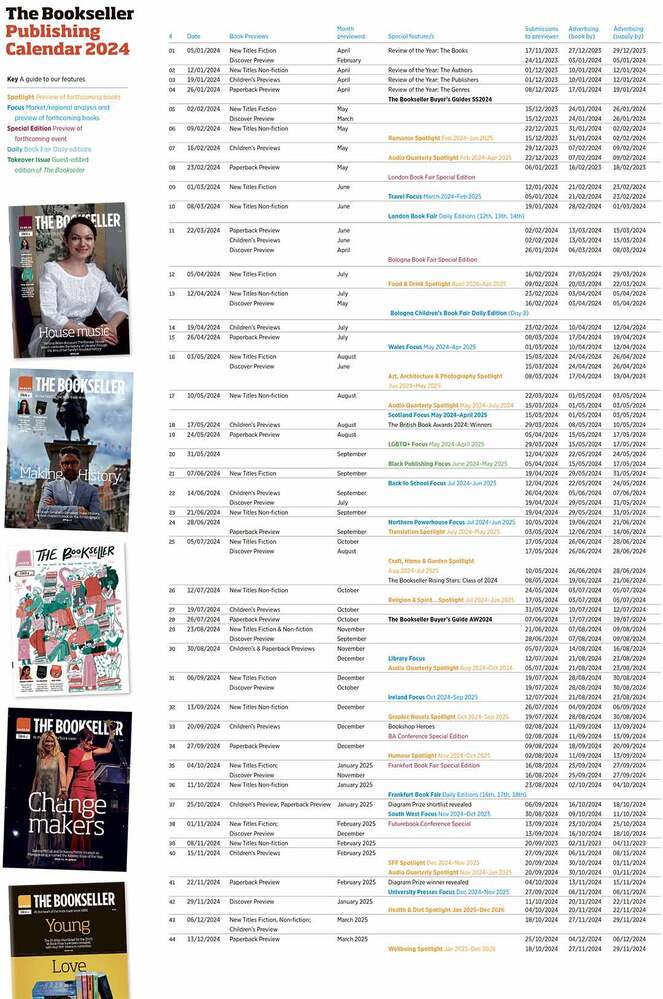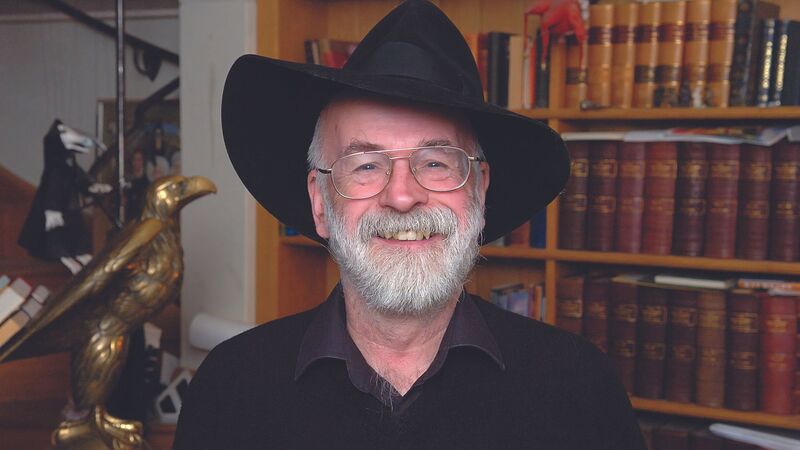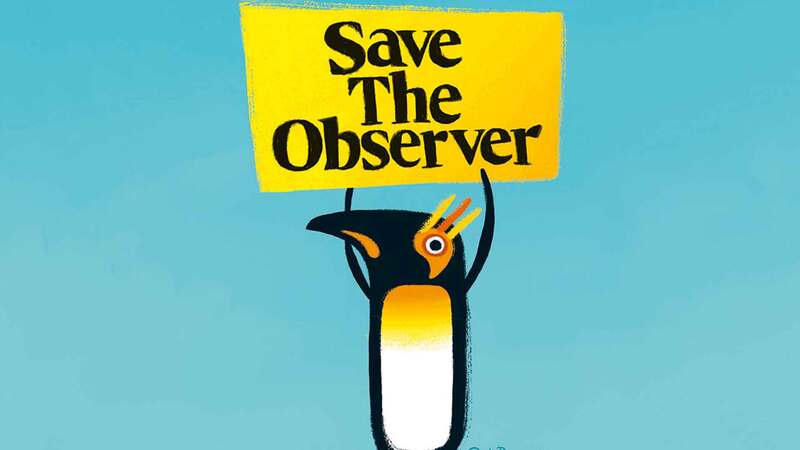You are viewing your 1 free article this month. Login to read more articles.
A colourful approach: designing Elton John’s Me
Pan Macmillan's art director James Annal talks us through the process of designing the cover for Elton John's memoir.
Book covers for autobiographies aren't normally particularly complicated. Pretty much all will use a photograph of the author, and with a global icon like Elton John, I knew there would be a huge selection to choose from. The key thing was to find the perfect image.
We started early on the hunt for that perfect image, and it quickly became apparent that there wasn’t an easy solution. Both publishing teams in the US and UK spent many months analysing countless photographs. Recent images didn’t convey the breadth of such a long career, and earlier images were either too specific to an era, or had already been used on a biography.
There was another problem. Elton John’s trademark sunglasses often prevented good eye contact. At this point I wondered if I should avoid the photographic route. Maybe the cover should just use type, or a visual icon. But when I tried these options, there wasn’t enough of a connection or enough warmth.
 Eventually I came across an image. It was black and white. It wasn’t the best quality, but it looked somehow intimate, personal and, vitally, there was great eye contact. It was still missing something, though. Elton John is a flamboyant, colourful figure, and the cover needed a hit of colour to reflect this. The glasses were the obvious place to put it and I decided that a warm spectrum would have the maximum impact. Once I was confident of that approach, I became interested in the idea of multiple versions using the same image, but with different-coloured acetate jacket overlays, which had the effect of changing the spectrum in the glasses. This option was eventually rejected, as it was feared it would dilute the impact of having one single cover worldwide.
Eventually I came across an image. It was black and white. It wasn’t the best quality, but it looked somehow intimate, personal and, vitally, there was great eye contact. It was still missing something, though. Elton John is a flamboyant, colourful figure, and the cover needed a hit of colour to reflect this. The glasses were the obvious place to put it and I decided that a warm spectrum would have the maximum impact. Once I was confident of that approach, I became interested in the idea of multiple versions using the same image, but with different-coloured acetate jacket overlays, which had the effect of changing the spectrum in the glasses. This option was eventually rejected, as it was feared it would dilute the impact of having one single cover worldwide.
The internal approval process was remarkably straightforward. I laid out a number of options on the table and absolutely everyone pointed to the image you see on the jacket. By the time we went to share our cover with Rocket Records (Elton John’s team), it had been approved by all the Macmillan global stakeholders, and no other options were considered viable. If the Rocket team didn’t approve the approach, we’d have to start from scratch.
The meeting started well, with a short presentation about the market and where the book would sit. Everyone appeared to be responding positively. I had gone fully prepared, dummying up the whole jacket. But when the cover was shown, there was a moment of uncomfortable silence. We all held our breath until David Furnish spoke, saying that he loved the image and the treatment on the glasses, which would make it stand out from other black-and-white music biography covers. From there, we worked out in a few minutes that changing the type was all that was required to make it work for the whole team.
Subscribers can read about Pan Macmillan's plans for the global publication of Me here.
















